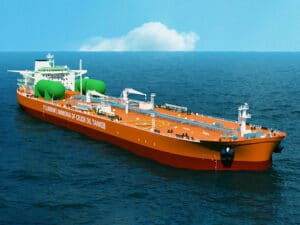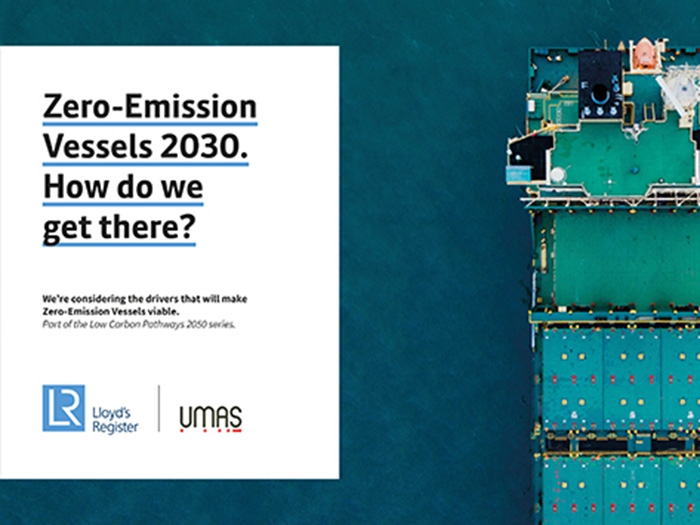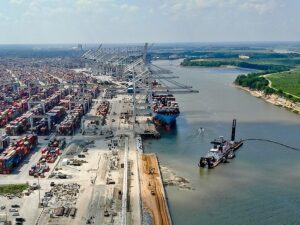
Study says zero emission vessels need to start entering fleet by 2030
Written by Nick Blenkey
DECEMBER 11, 2017 — Classification society Lloyd’s Register (LR) and University Maritime Advisory Services (UMAS) have released a new study that aims to demonstrate the viability of zero emission vessels (ZEVs).
Called “Zero Emission Vessels 2030,” the study identifies what needs to be in place to make ZEVs a competitive solution for decarbonization.
According to LR, for shipping to achieve an an ambitious carbon reduction strategy in line with the Paris Agreement, ZEVs will need to be entering the fleet in 2030 and form a significant proportion of newbuilds from then on.
Although none of the ZEVs considered in the study are estimated to be more competitive than conventional shipping by 2030, the technology options are evolving rapidly and LR thinks it possible that, over the next 10 years, the gap could reduce even further than this study estimates.
This new report assesses seven technology options for ZEVs, applied to five different case study ship types across three different regulatory and economic scenarios.
The options consist of various combinations of battery, synthetic fuels and biofuel for the onboard storage of energy, coupled with either a fuel cell and motor, internal combustion engine; or a motor for the conversion of that energy store into the mechanical and electrical energy required for propulsion and auxiliary services.
The costs of some of the components considered: fuel cells, batteries and hydrogen storage could all reduce significantly, especially if they become important components of another sector’s decarbonization, or if action taken during shipping’s transition assists with the technology’s development.
For those in shipping with niche access to a low-cost supply of zero-emission fuel or energy sources, or an ability to pass on a voyage cost premium to a supply chain that values zero-emission services, the gap may already be closed.
From preliminary conversations with shipowners, it was clear that the key considerations would be around wanting options that were viable at a moderate carbon price (e.g. $50/tonne CO2) and without too great an increase to the capital cost of the ship. It was also clear that the impact of the CO2 emissions must not just be moved upstream, to the electricity generation or fuel production process.
None of the zero-emission options in their current specifications completely satisfy the shipowner requirements, with the most significant gap identified being on voyage (fuel) costs.
Katharine Palmer, LR’s Global Sustainability Manager, said: “There is no doubt that decarbonization is a huge challenge for our sector and that we all have a clear responsibility to ensure actions are taken to drive our operational emissions to zero at a pace matching actions taken across the rest of the world and other industry sectors. By assessing different decarbonization options for different ship types, we identify the drivers that need to be in place to make them a competitive solution and we aim to show the opportunity for a successful and low-cost decarbonization pathway for shipping.”
Download the study HERE





Leave a Reply
You must be logged in to post a comment.